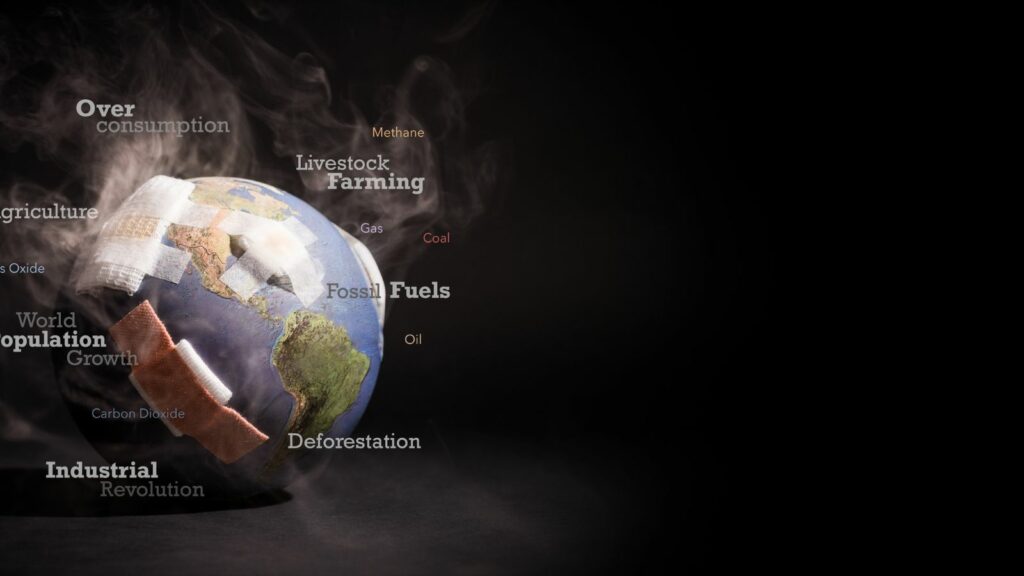Climate change is no longer a distant threat but an immediate crisis affecting every corner of the world. From rising sea levels to mass migration, the consequences are becoming increasingly visible and more devastating.
While the environmental impacts of climate change are well-documented, a lesser-discussed but equally critical issue is how climate change is accelerating global instability. Here are 20 shocking ways in which this crisis is putting the world’s social, economic, and political structures at risk.
Displacement and Climate Refugees

As climate change worsens, the world is experiencing rising sea levels, extreme weather events, and droughts. These environmental changes are driving millions of people away from their homes in search of safety. A report by The World Bank estimates that more than 140 million people could be displaced by 2050, triggering a massive refugee crisis that nations will need to address.
Water Scarcity
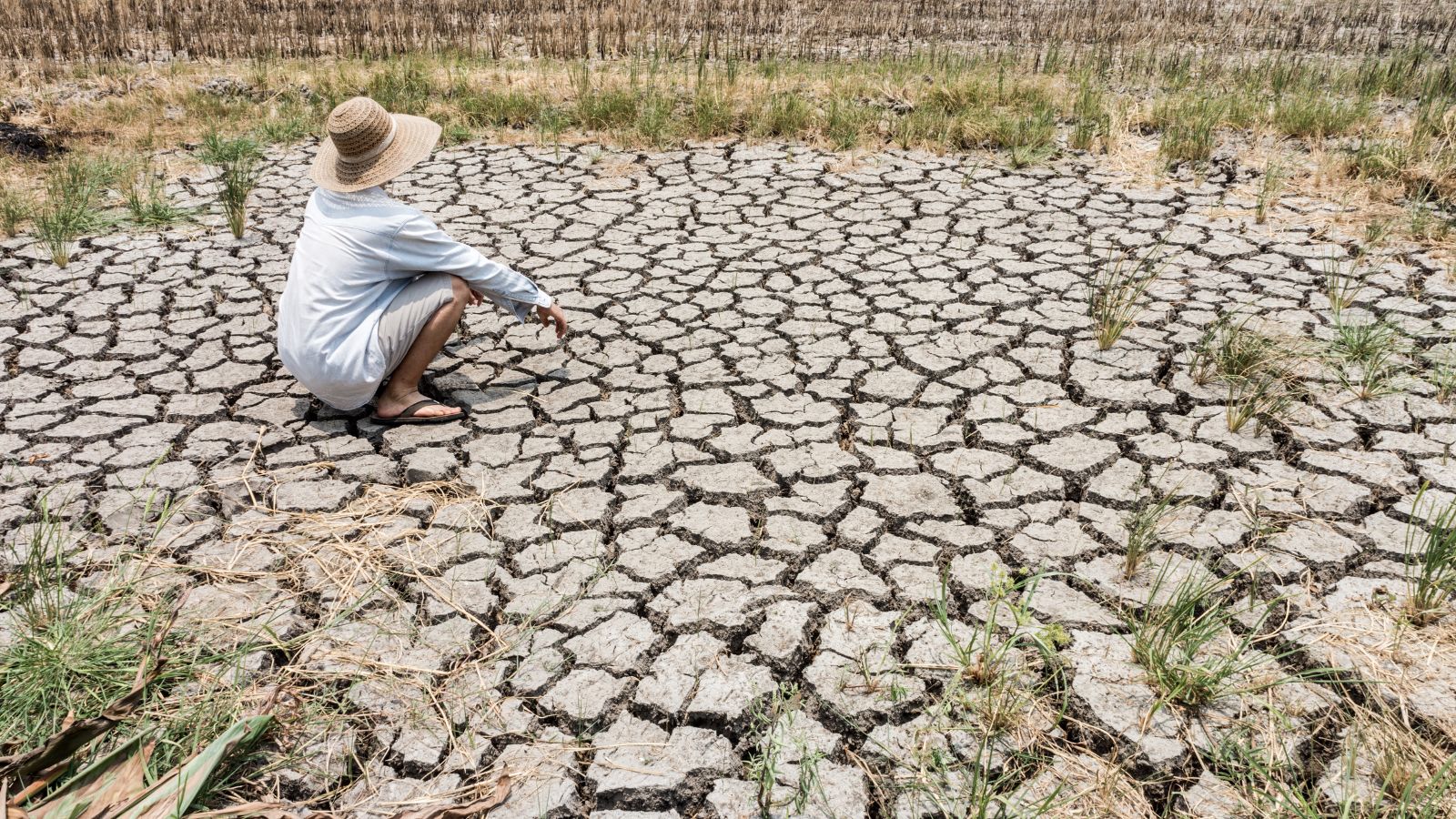
The ongoing reduction of glaciers, the surge in drought occurrences, and the unpredictable nature of rainfall patterns are significantly contributing to the diminishing availability of clean water worldwide. Regions like the Middle East and various parts of Africa and Asia are experiencing some of the most severe impacts of this crisis. As water resources become scarcer, the potential for conflicts over these essential supplies is increasing, creating a precarious situation for communities that rely on consistent access to clean water for their survival and well-being.
Food Insecurity

Climate change severely impacts agricultural yields. Unpredictable weather patterns, flash floods, and droughts are destroying crops, leading to food shortages. As crops fail, food supply chains are disrupted, causing prices to soar and hunger to increase, especially in vulnerable parts of the world.
Economic Instability

Hurricanes, floods, wildfires, and other climate-related disasters leave behind trillions of dollars in damages. Global markets suffer as industries like agriculture and fisheries experience disruptions. Additionally, the unpredictability of these disasters leads to rising insurance costs, further contributing to economic instability.
Energy Crises

As the world’s population continues to rise, so does the demand for energy to support everyday life and economic activities. Unfortunately, climate-induced disasters are complicating this situation. For instance, extreme heatwaves can force power plants to shut down, while prolonged droughts significantly reduce the amount of hydroelectric power generated. Additionally, severe storms can damage critical infrastructure such as pipelines and power grids, further disrupting energy supply.
Public Health Crises

The increase in global temperatures is driving the spread of infectious diseases like malaria and dengue, which thrive in warmer climates. Heatwaves are becoming more frequent and severe, causing widespread health problems and deaths. These issues are placing unprecedented stress on already overburdened public health systems.
Increased Conflict and War

The growing scarcity of essential resources such as food and water, accelerated by climate change, is leading to increased conflicts within countries and between nations. As communities struggle to secure these vital supplies, tensions escalate into violent confrontations and wars. Such conflicts not only displace millions of people, forcing them to flee their homes in search of safety, but they also create ripple effects destabilizing entire regions.
Political Instability

As the impacts of climate change become more apparent, populations are holding their governments accountable. Those facing food and water shortages, loss of homes, and other hardships often blame their leaders for failing to address climate-related issues. This can lead to protests, civil unrest, and even changes in political regimes.
Migration and Border Tensions

Rising sea levels and extreme droughts are forcing people to migrate to countries that offer stability. These migrations strain resources in the receiving countries and create tensions between nations, as overcrowding and competition for limited resources lead to conflicts.
Collapse of Ecosystems
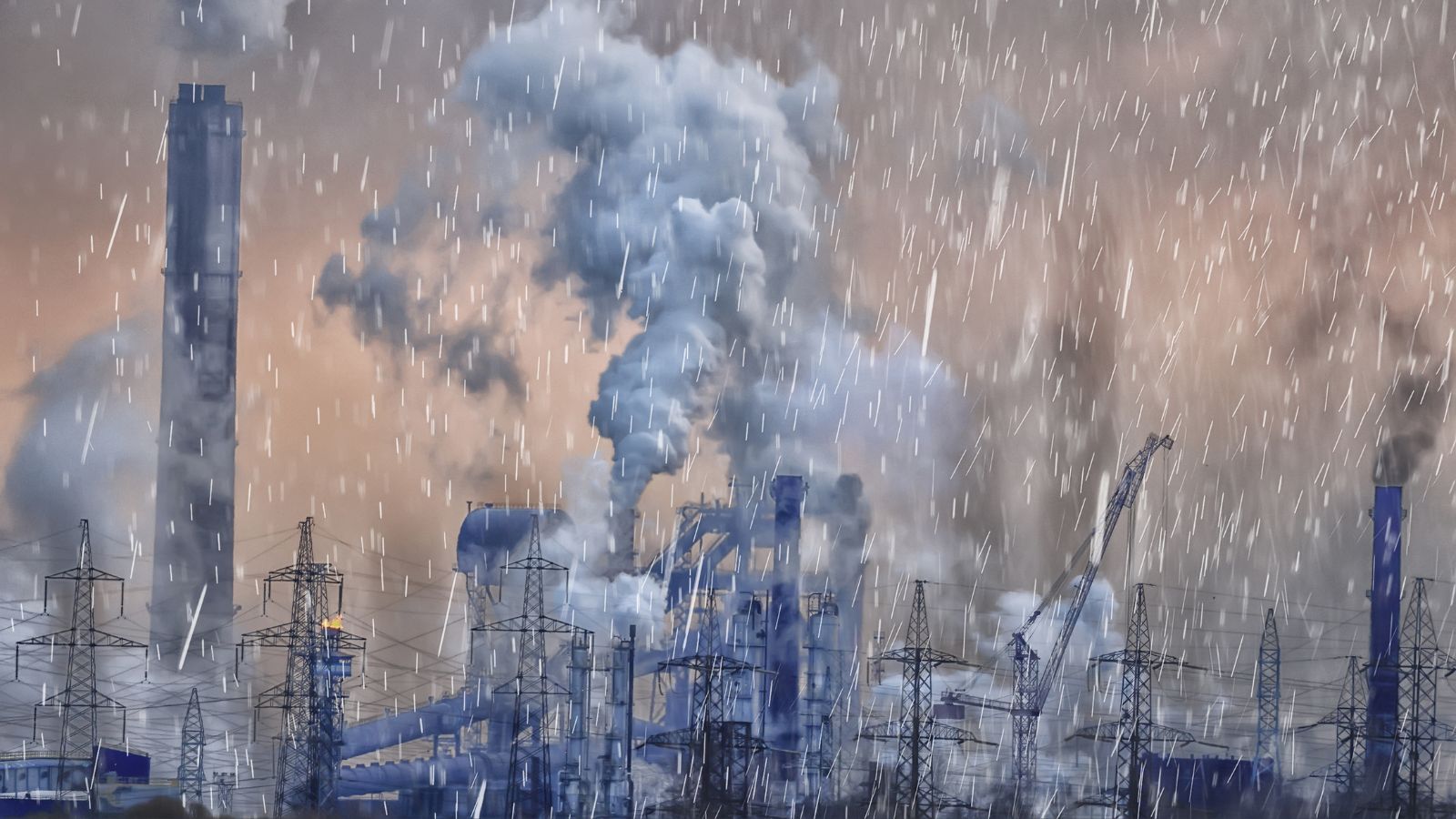
Coral reefs, rainforests, and other critical ecosystems are increasingly vulnerable to climate change. If these ecosystems collapse, the loss of biodiversity would severely impact food security, medicine, and ecological balance, further destabilizing human societies.
Increased Frequency and Severity of Natural Disasters
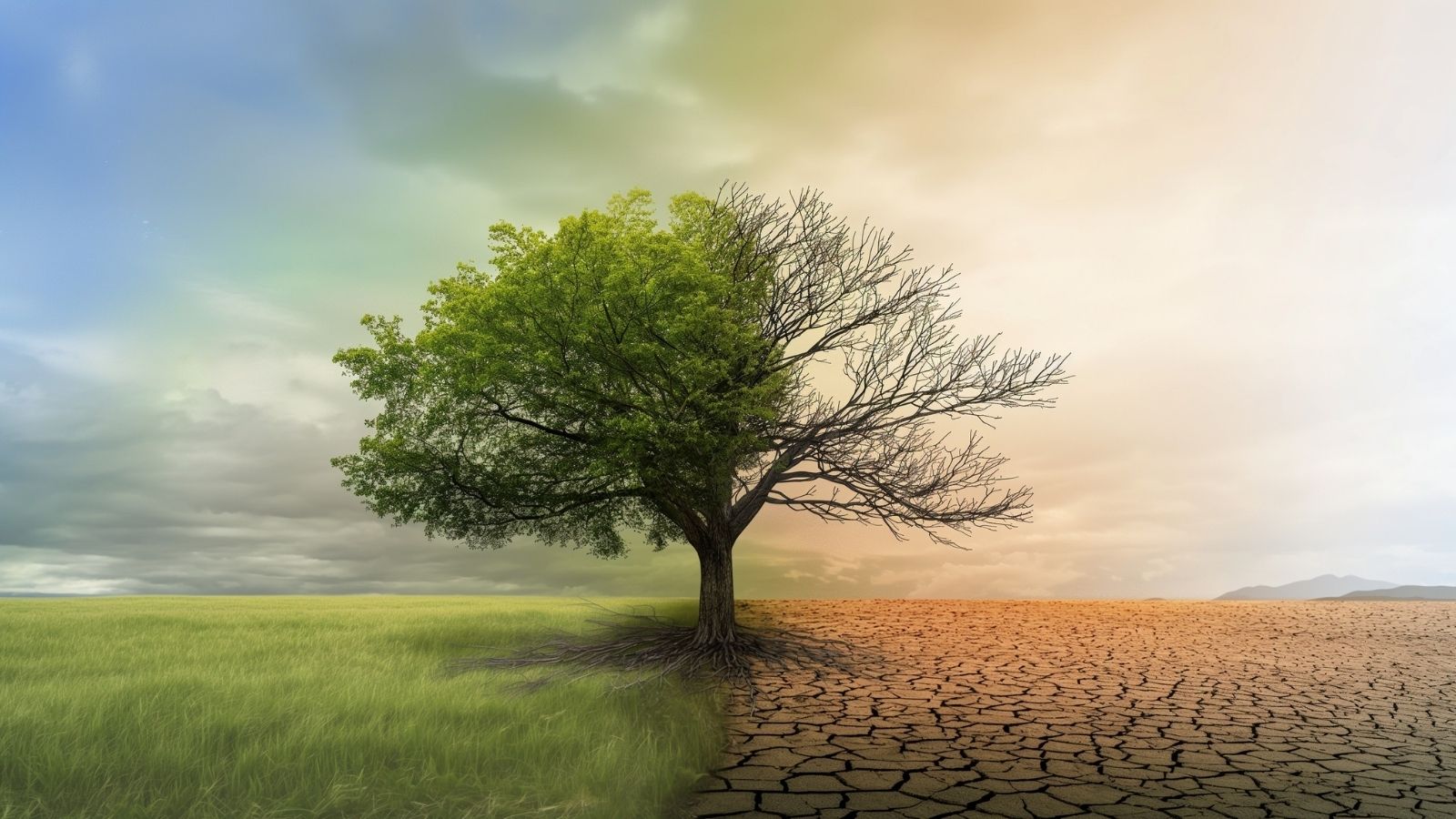
Climate change is making natural disasters like hurricanes, floods, wildfires, and droughts more frequent and intense. The destruction caused by these events has escalated, leaving nations more vulnerable and less able to recover from repeated disasters.
Urbanization and Infrastructure Strain

Rural areas are becoming less habitable due to climate-induced disasters, pushing populations toward already crowded urban centers. As cities become overcrowded, they face challenges like inadequate housing, poor sanitation, and limited access to resources, further straining infrastructure and public services.
Economic Inequality
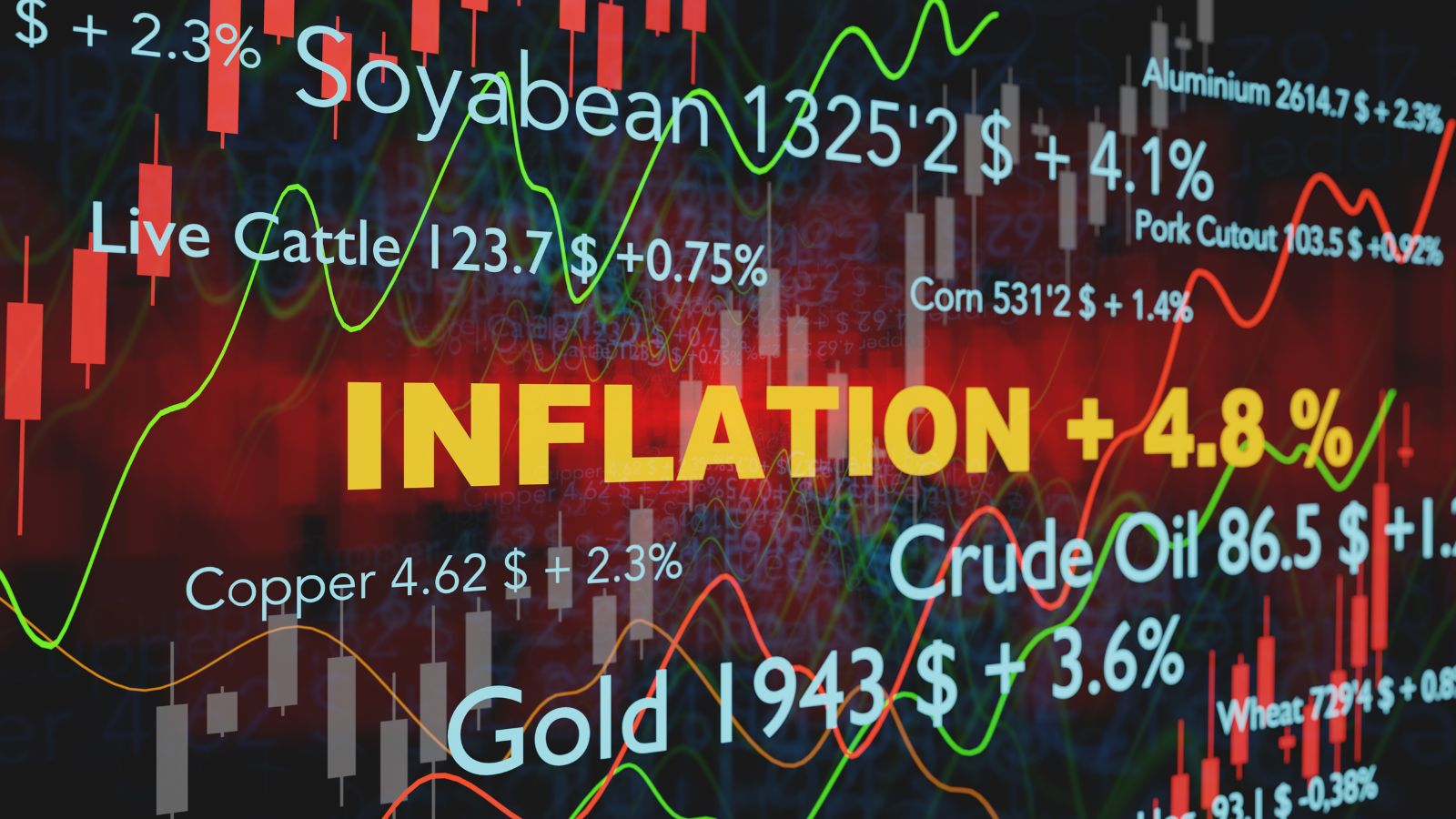
The impacts of climate change are uneven, with poorer communities and nations bearing the brunt of its effects. Wealthier countries and individuals can afford adaptation strategies, while low-income populations and developing nations struggle to cope. This widening gap fuels resentment and tensions, both within countries and on a global scale.
Decline in Global GDP
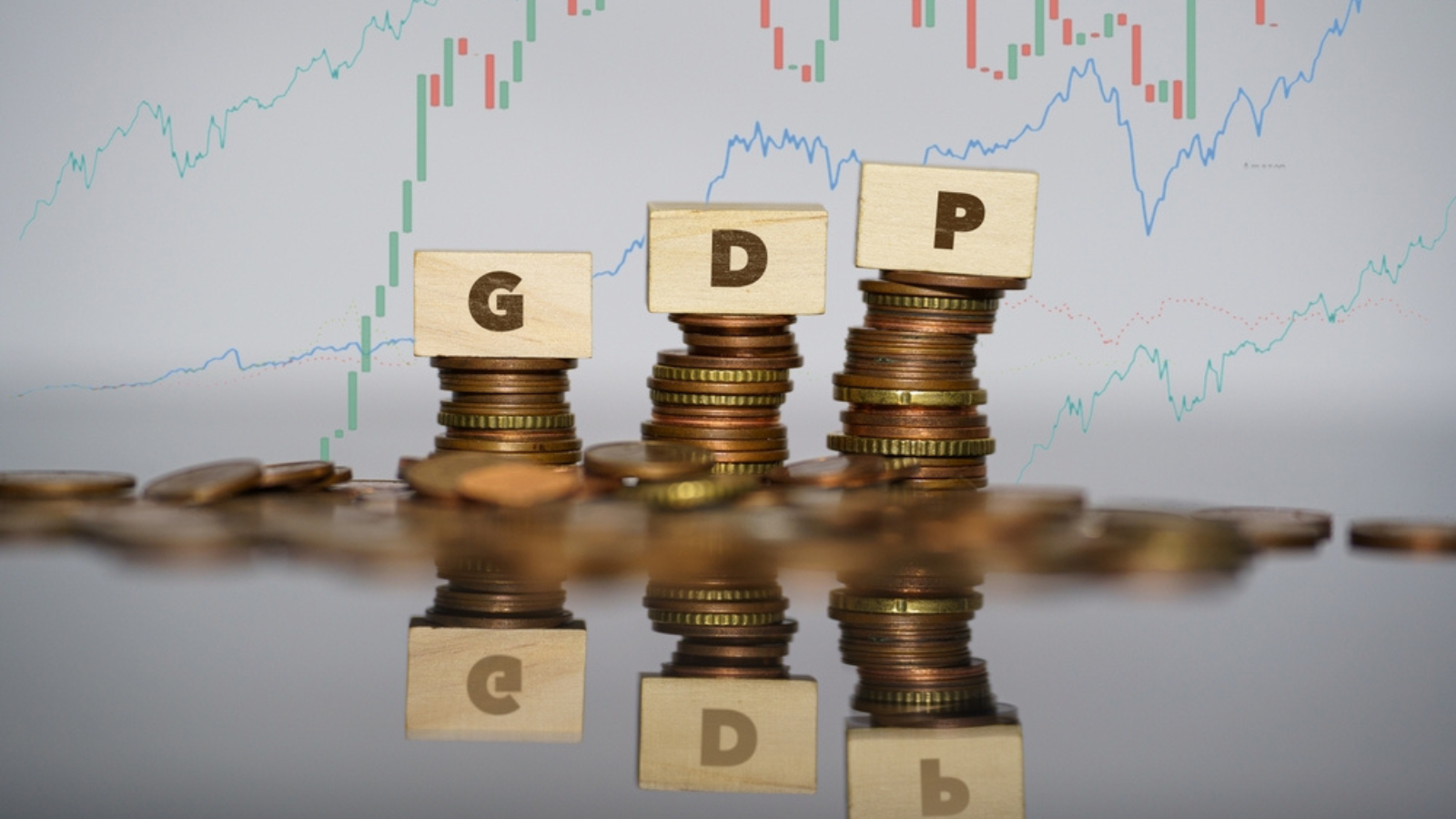
The global economy suffers as climate change reduces agricultural productivity, increases recovery costs from disasters, and disrupts trade. If current trends continue, global GDP could decline by up to 10% by 2050, according to estimates, leading to long-term economic instability.
Impact on Global Trade

Climate change is disrupting industries like agriculture, energy, and manufacturing, which are vital for global trade. Extreme weather conditions also damage ports, transportation routes, and supply chains, driving up the cost of goods and slowing down economic growth worldwide.
Human Rights Violations

As resources become scarcer, governments and militaries may resort to authoritarian measures to maintain control. This increases the risk of human rights violations, particularly for vulnerable populations such as indigenous communities, women, minorities, and those living in poverty.
Loss of Livelihoods
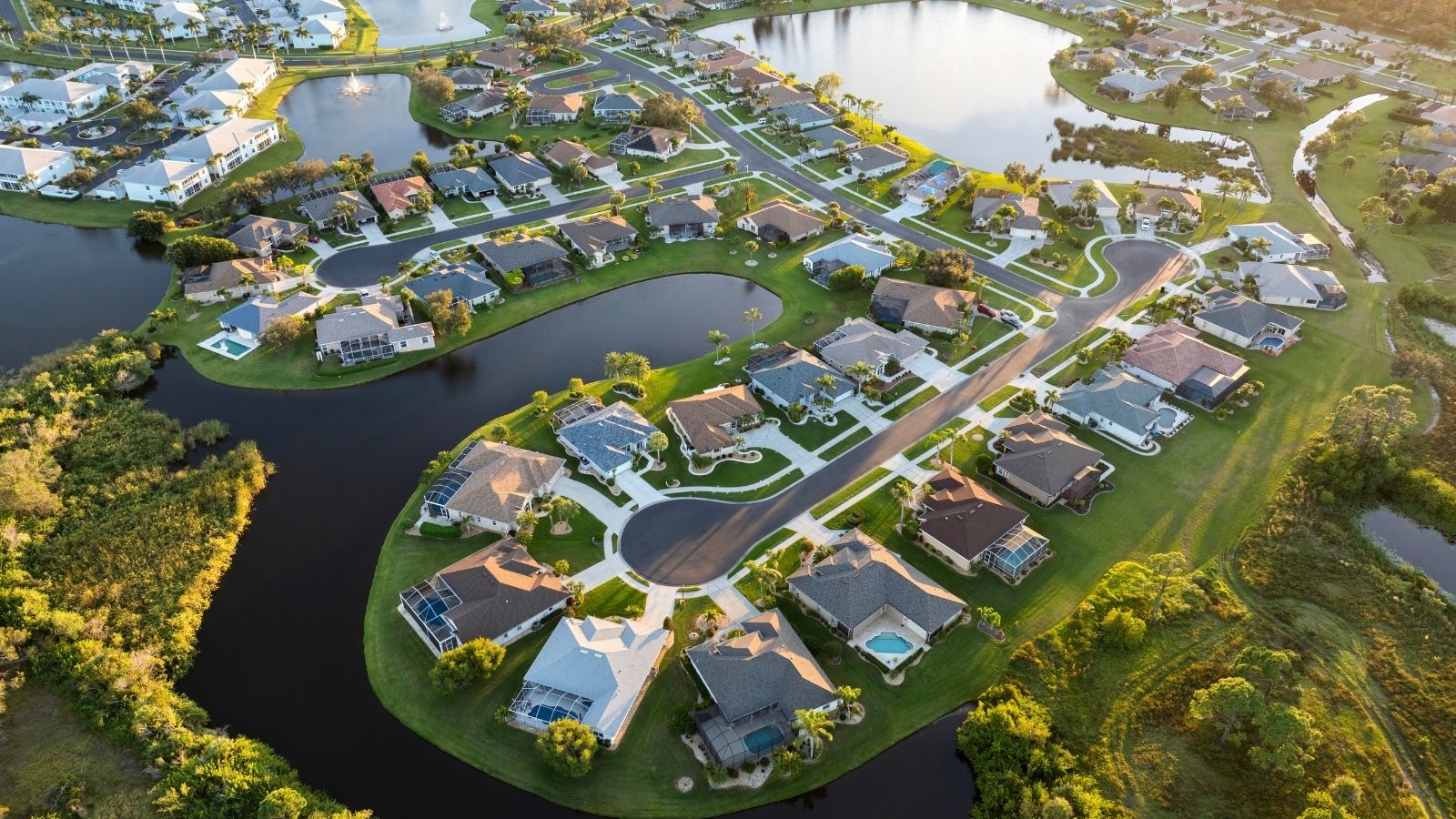
Rising sea levels and changing weather patterns threaten traditional livelihoods, especially for communities dependent on fishing, farming, and tourism. These disruptions lead to unemployment, economic hardship, and increased instability in affected regions.
Damage to Global Infrastructure

Climate-related disasters are wreaking havoc on critical infrastructure like roads, bridges, power plants, and communication networks. Not only do these disasters cause massive economic losses, but they also trap regions in cycles of poverty and instability, making recovery difficult.
Mental Health Crisis

Its psychological toll compounds the physical impacts of climate change. People are experiencing eco-anxiety, PTSD, and emotional strain from losing homes, livelihoods, and loved ones. Even children are increasingly affected by the emotional burden of climate-related disasters.
Undermining Global Cooperation

Climate change is a global problem that requires cooperation but also strains international relations. Countries suffering the worst effects often blame industrialized nations for their role in causing the crisis through greenhouse gas emissions. This blame can hinder collective action and make it more difficult to address the problem effectively.
Conclusion
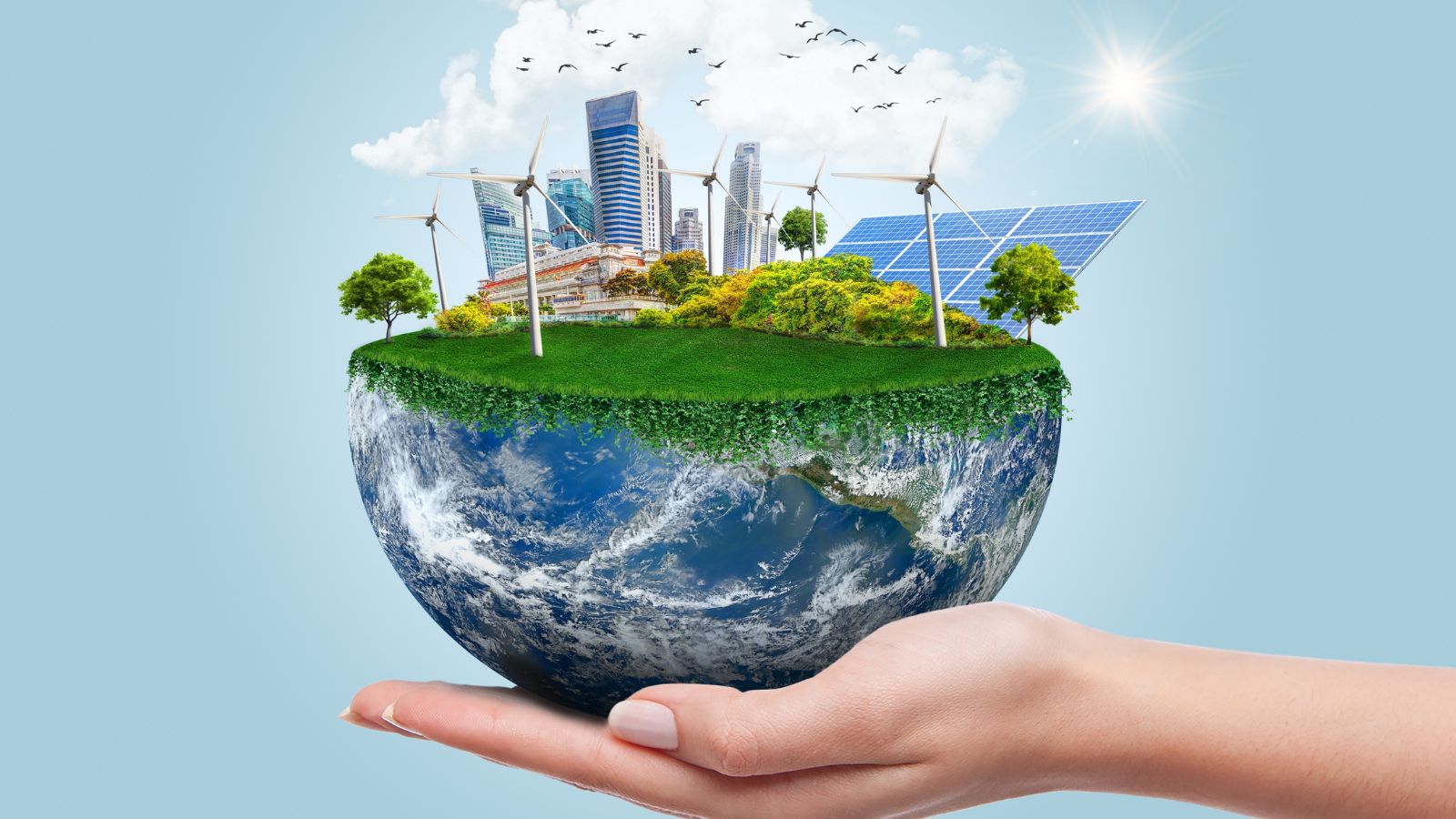
While climate change is often viewed as an environmental issue, it’s clear that its effects ripple through every aspect of human life. From displacement to economic instability, these 20 shocking ways show just how far-reaching the consequences are. Now more than ever, global unity is essential in tackling this crisis. If countries don’t take responsibility for their carbon footprints and work together, the future of human civilization could be in jeopardy.
18 Reasons Why People Are Leaving Florida in Masses

Exploring factors that impact the desirability of living in Florida, this list delves into various challenges shaping residents’ experiences. From environmental concerns like rising sea levels to economic factors such as fluctuating job markets, these issues collectively contribute to a nuanced understanding of the state’s appeal.
18 Reasons Why People Are Leaving Florida in Masses
